
Vol. 5, Issue 11 Langley Research Center’s Manjula Ambur shares her insights about knowledge management at her center.

Vol. 5, Issue 11 Langley Research Center’s Manjula Ambur shares her insights about knowledge management at her center.
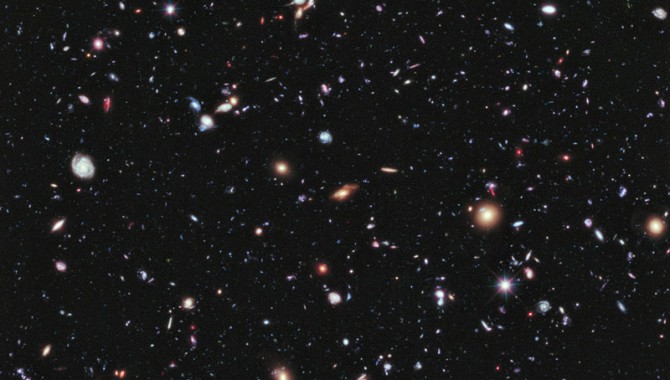
Vol. 5, Issue 11 Two of APPEL’s most popular courses are now available to NASA employees online.
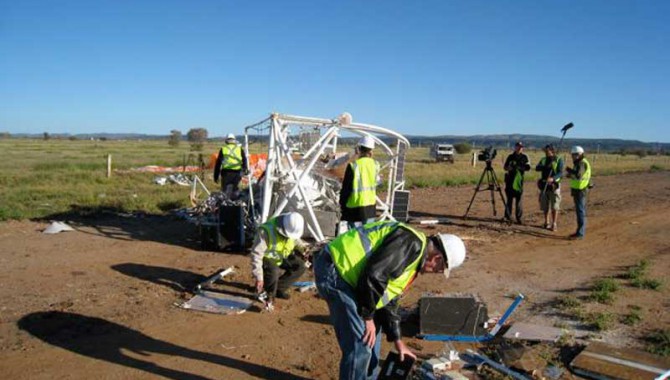
Vol. 5, Issue 11 A 2010 balloon mishap serves as a valuable case study.
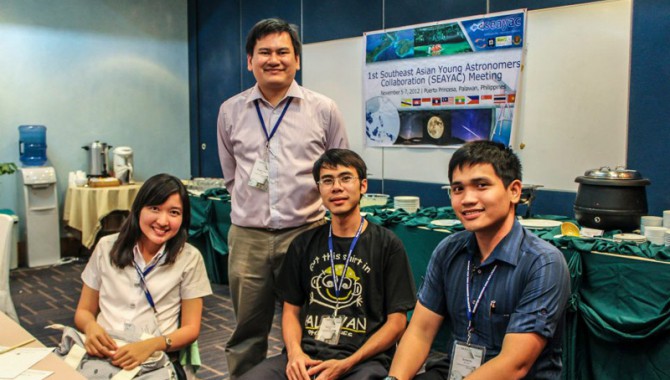
Vol. 5, Issue 11 As one of a handful of astrophysicists in the Philippines, Rogel Mari Sese aims to advance his countrys role in space.
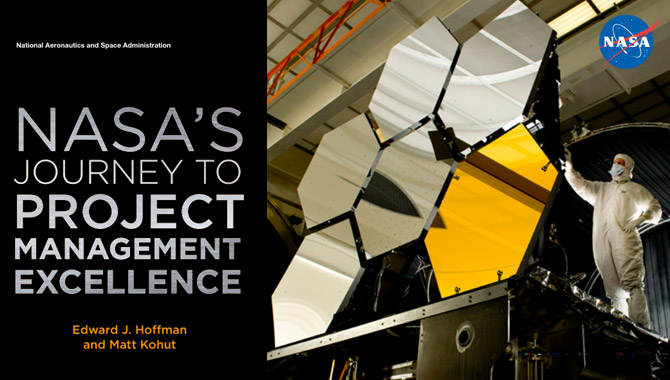
Vol. 5, Issue 11 | Download PDF How can an organization address the human dimension of complex projects?
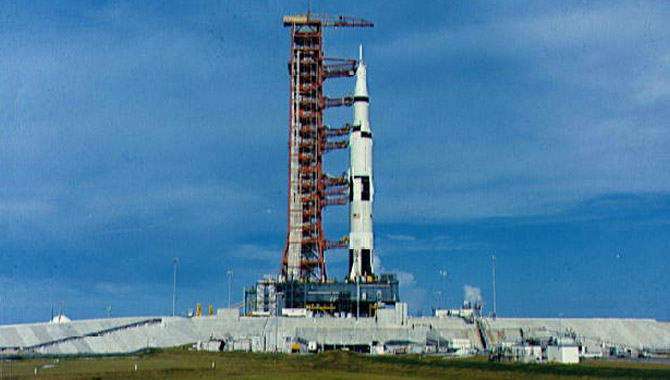
Vol. 5, Issue 11 Forty-five years ago, the unpiloted Apollo 4 spacecraft flew atop a Saturn V rocket to prove NASA could safely reach the moon.
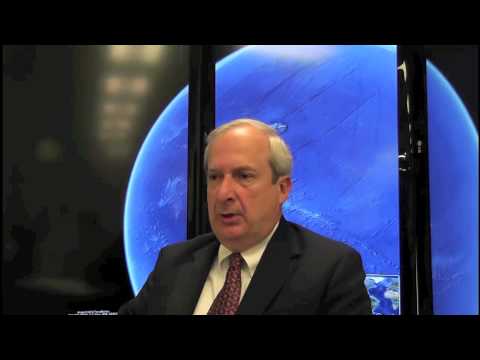
Nicholas L. Johnson, NASA Chief Scientist for Orbital Debris, describes the Orbital Debris Mitigation and Reentry Risk Management (APPEL-ODM) course offered through NASA’s Academy of Program/Project & Engineering Leadership (APPEL). This course is designed for NASA project practitioners, mission members, engineers, scientists, and other project support staff who are involved in spacecraft design and operations […]
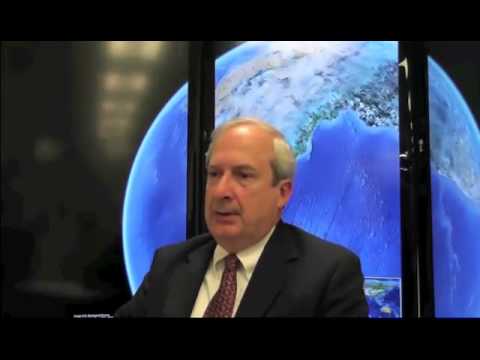
NASA Chief Scientist for Orbital Debris Nicholas L. Johnson addresses the pressing need for national and international policies to curtail the growth of orbital debris. Video Credit: NASA Read more here: http://www.nasa.gov/offices/oce/appel/knowledge/publications/appel-releases-ibook.html
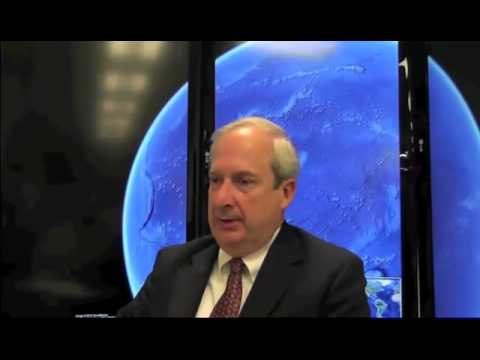
Nicholas L. Johnson, NASA Chief Scientist for Orbital Debris, discusses the current international focus on developing best-practice guidelines regarding space debris. Video Credit: NASA Read more here: http://www.nasa.gov/offices/oce/appel/knowledge/publications/appel-releases-ibook.html